Home » The Role of Protective Packaging in Reducing Product Damage
The Role of Protective Packaging in Reducing Product Damage
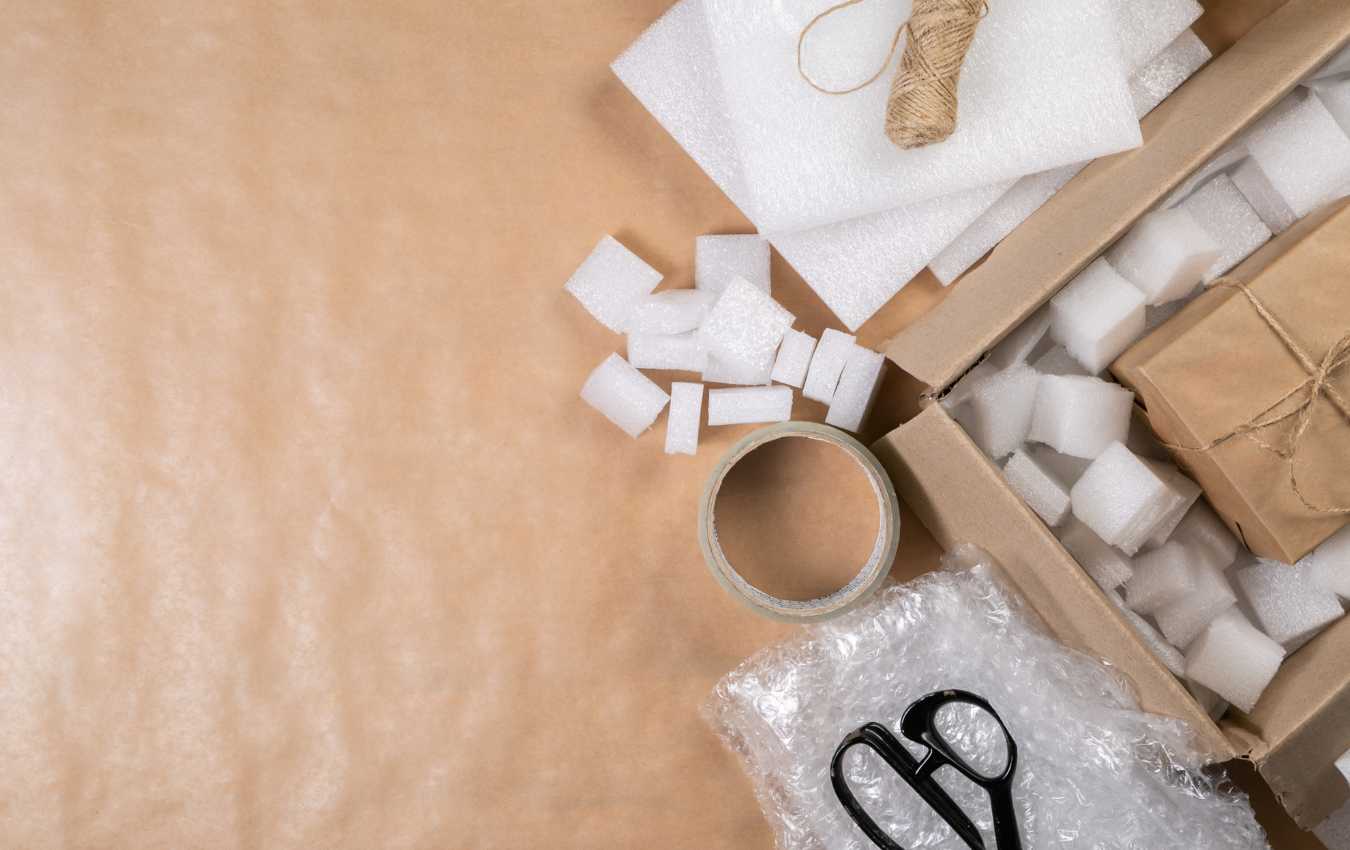
Packaging is an integral part of the overall customer experience, providing protection, information, and branding to the products we buy. However, when it comes to shipping goods, the protective aspect of packaging becomes increasingly crucial. This blog will delve into the role of protective packaging in reducing product damage during transport and storage.
Understanding Protective Packaging
Before we can fully understand the role protective packaging plays in reducing product damage, it’s crucial to know what it is. Protective packaging, as the name implies, is designed to safeguard products from damage during shipment and storage. This can include materials such as bubble wrap, foam inserts, air pillows, corner protectors, and many other types of specialized packaging.
The primary goal of protective packaging is to ensure that a product arrives at its destination in the same condition as when it left the warehouse or factory. It achieves this by absorbing shocks, preventing scratches or scuffs, and protecting against environmental factors such as moisture or temperature changes.
The Impact of Product Damage
Product damage can have far-reaching effects beyond the immediate financial loss of the product itself. These can include:
- Negative customer experience: A damaged product is likely to lead to an unhappy customer, which can result in negative reviews and lower repeat business.
- Increased costs: Besides the obvious cost of the damaged product, there can be additional costs associated with returns, replacements, and potentially even compensation for the customer.
- Brand reputation: Regular occurrences of damaged products can harm a company’s reputation, leading to a loss of trust and potential customers.
- Environmental impact: Damaged products often end up in landfills, contributing to environmental pollution.
Given these impacts, it’s clear why protective packaging is so important.
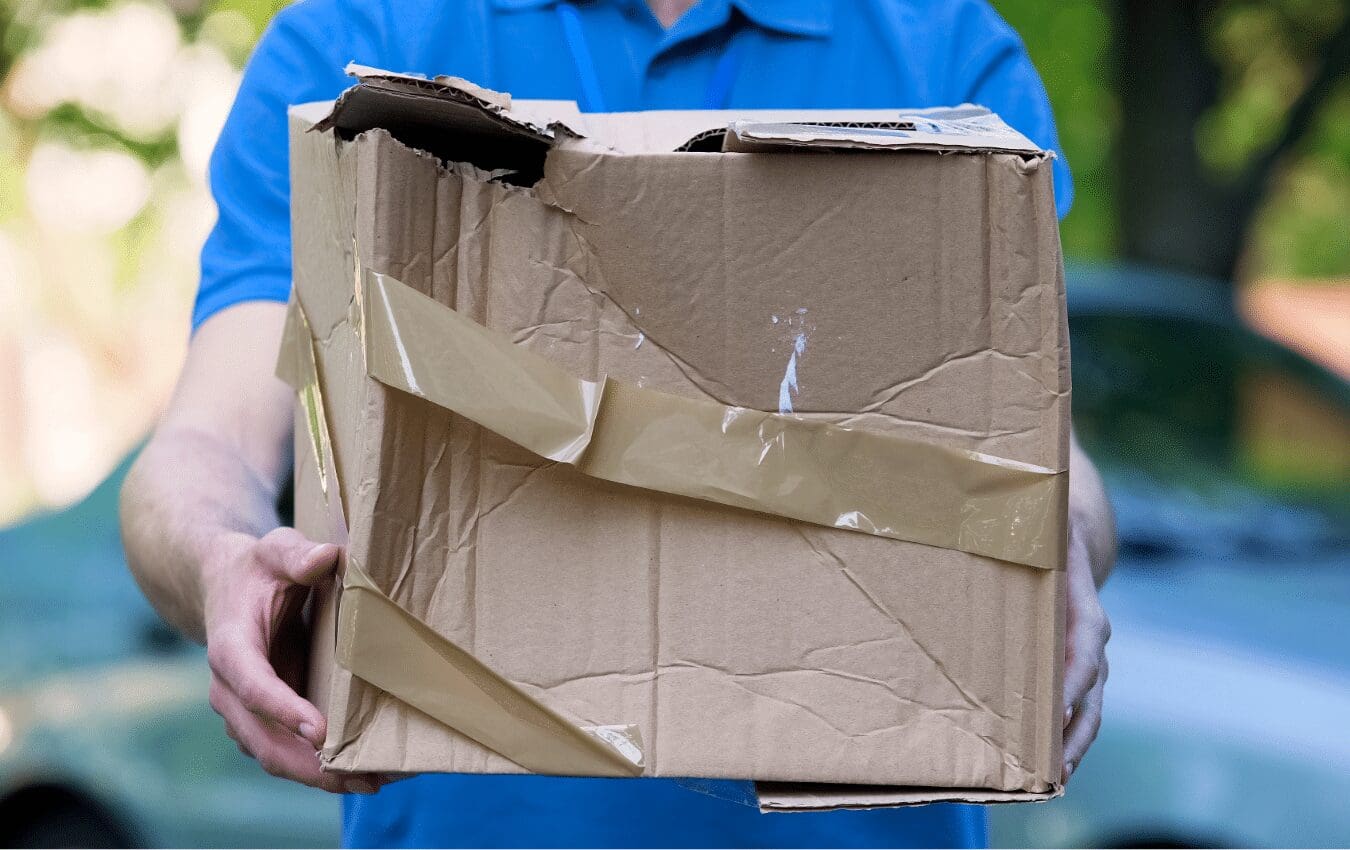
The Role of Protective Packaging in Damage Reduction
Protective packaging plays a key role in damage reduction in several ways:
Cushioning and Shock Absorption
This is perhaps the most obvious role. Materials such as bubble wrap, foam inserts, or inflatable air pillows provide a buffer around the product, absorbing any shocks or impacts that may occur during transit. This can prevent breakages, dents, and other physical damage.
Filling Void Spaces
Protective packaging such as packing peanuts or paper can fill the empty space in a box, preventing the product from moving around during transit. This can protect against scratches, scuffs, or other damage caused by the product colliding with the sides of the box.
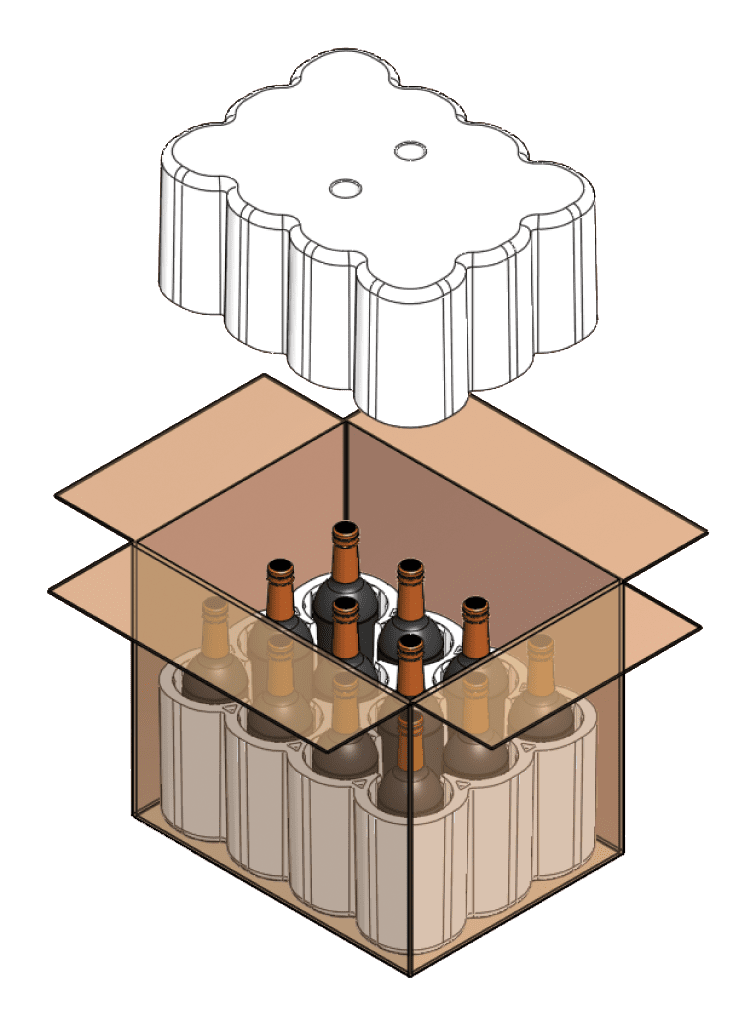
Protection from Environmental Factors
Some types of protective packaging, such as barrier bags, can protect against environmental factors such as moisture, dust, or temperature changes. This can be crucial for products that are sensitive to these factors, such as electronics or certain types of food.
The Future of Protective Packaging
As technology evolves, so too does protective packaging. Innovations such as intelligent packaging systems are able to detect and alert when a package has been dropped or mishandled. Biodegradable and recyclable protective packaging options are also becoming more popular, helping to reduce the environmental impact of packaging.
If you are interested in protecting your products effectively, then partner with Brown Packaging today to get started.
In the retail environment, the placement of Point of Purchase (POP) displays is just as critical as their design and content. Strategic positioning can significantly
Choosing the right foam density isn’t about “soft” versus “hard” — it’s about controlling shock transmission and matching the foam’s cushioning curve to the product’s
Moisture resistance and dimensional stability are critical performance factors for custom inserts, especially when products are shipped or stored in variable climates. Both foam and
Sustainability in pet food packaging is not just about recyclability—it’s about reducing environmental impact across the entire lifecycle. For products with high barrier needs like
Retailers place strict requirements on packaging to ensure products move efficiently through distribution centers, arrive safely, and look consistent on shelves. Non-compliance can lead to
RSC boxes dominate shipping because they combine strength with efficiency. But beyond protection, their dimensions and stacking performance directly influence freight cost, pallet utilization, and
Home » The Role of Protective Packaging in Reducing Product Damage

Oxygen and air exposure can adversely affect the quality, shelf life, and safety of your products. To ensure the integrity of your products and packaging,
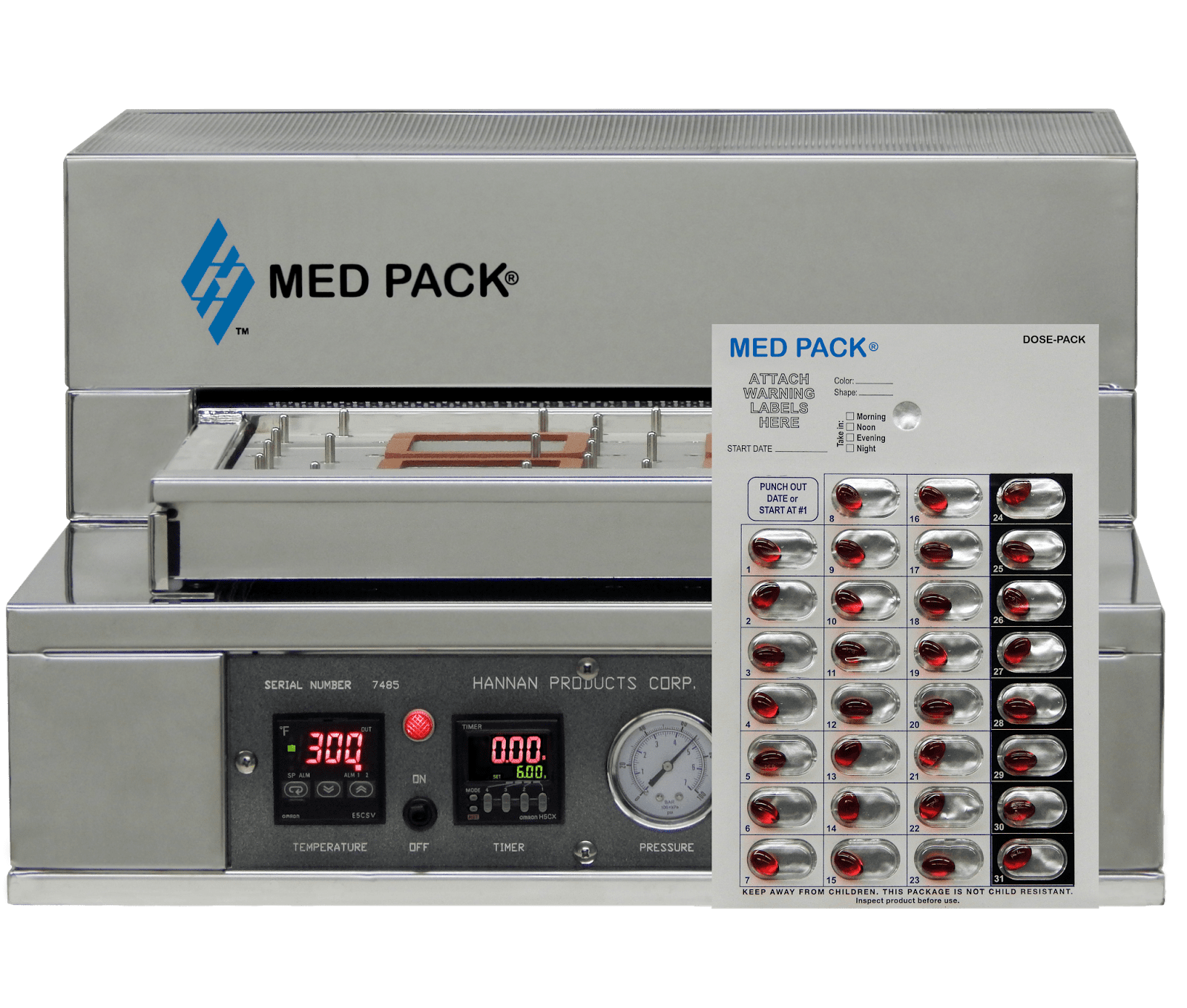
Choosing the right sealing method impacts product quality, cost, durability, and speed to market. The two most common options—heat seal and cold seal—each have distinct
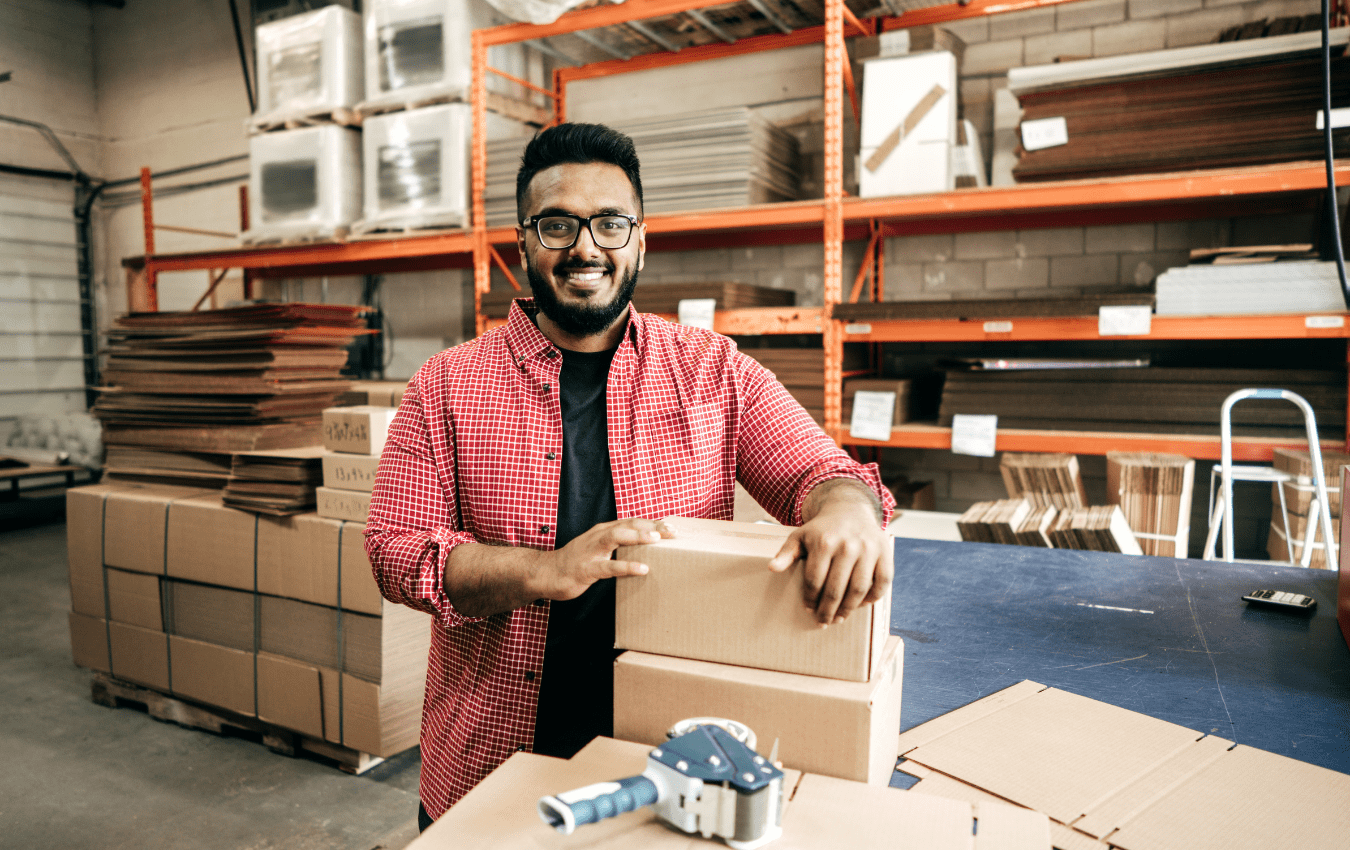
Effective packaging serves multiple purposes, including protecting products from dust, moisture, and tampering. These elements can compromise product quality, safety, and integrity during storage and


